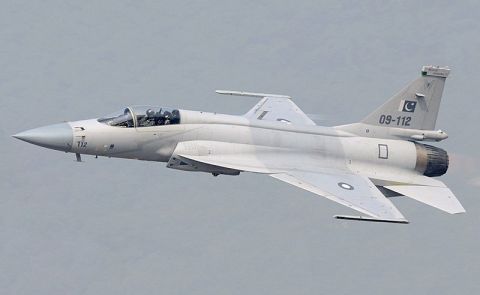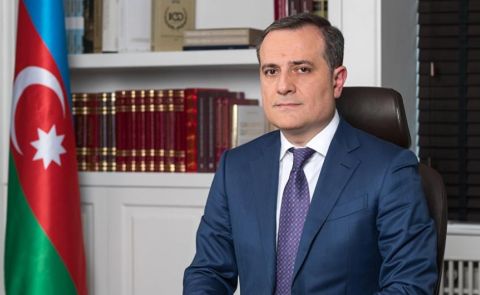
Recent social research data regarding North Caucasus
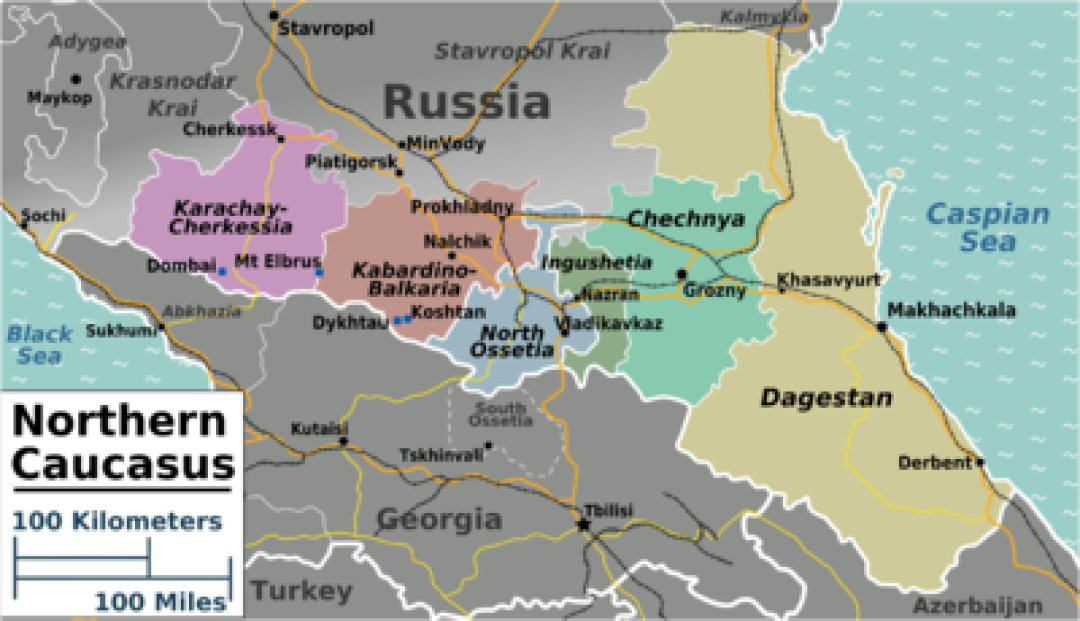
Six federal republics of the North Caucasus transport development ranking
Six of the Caucasus federal republics, including the Russian regions, had a low level of development of public transport. The study “State Transport Leasing Company" (GTLK) gave an assessment of the overall level of infrastructure development in the regions.
The seventh place in the ranking of the poorest in terms of transport availability was occupied by the Caucasus regions: North Ossetia, Chechnya, Ingushetia, Dagestan, and Kabardino-Balkaria. Karachay-Cherkessia is in 12th place.
In last past are the Nenets and Chukotka Autonomous Okrugs, as well as the Jewish Autonomous Oblast.
Experts also studied the percentage of equipment in the car fleets of the regions, the service life of which exceeded the norm, in addition, paid attention to the need for new transport until 2025.
Stavropol and Chechnya rank among lowest in medical supervision
Stavropol and Chechnya were at the bottom of the ranking of regions in terms of medical care. Among the regions of the North Caucasus and South Russia, the number of doctors providing primary health care, estimated at 10 thousand inhabitants, was significantly lower than in the countryside. The open statistics for January are provided by the Ministry of Health of Russia.
According to the study, on average in Russia for 10 thousand inhabitants there are 21 doctors. At the same time in Stavropol Krai (9th place) and Chechnya (10th place) for 10 thousand inhabitants there are 16 doctors. There are not enough medical professionals in the well-developed Rostov region (17 doctors for 10 thousand residents) and Krasnodar Krai (18). Closer to the country’s average are Dagestan and the Volgograd region (about 20).
With this provision of emergency medical assistance in the calculation of 10 thousand inhabitants of Dagestan was near the end in the country. In the top-10 regions, the brigade received emergency assistance and Stavropol Krai (5th place with the end - 5.8 medics per 10 thousand inhabitants).
Ziyautdin Uvaisov, head of the Dagestani public organisation Monitor of the Patient, told Kavkaz.
"Most likely, there are problems in remote areas. Part-time doctors complain that after receiving budget payments for" Zemsko doctor "and other programs that stimulate the movement of doctors in rural areas, they limit the number of programs they provide. not related to the monthly payment or premium,” Uvaisov shared.
See Also

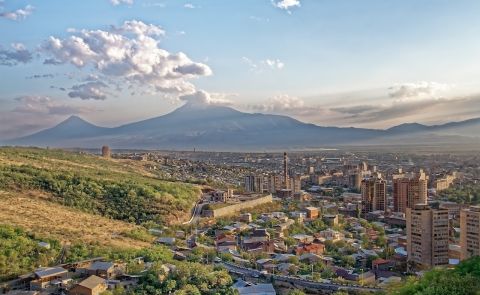
Nordic-Baltic Delegation Meets Armenian Leaders to Discuss Regional Cooperation and Peace

Azerbaijan Strengthens Energy Partnerships with Multiple Countries

BP Strengthens Presence in Azerbaijan’s Offshore Energy Sector
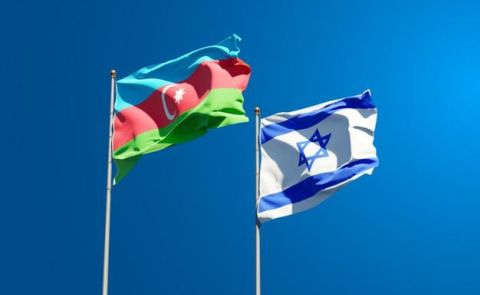
Netanyahu’s Letter to Aliyev: Mutual Trust, Solidarity Following Hamas Attacks, Facilitating Dialogue Between Israel and Türkiye
